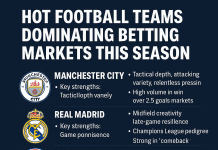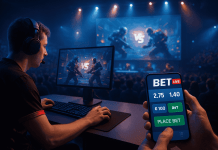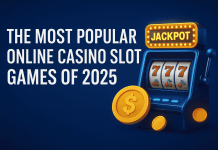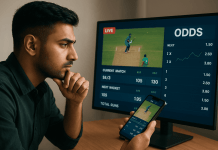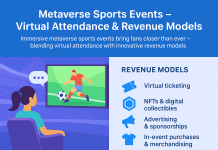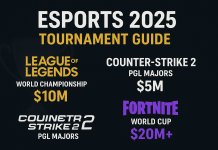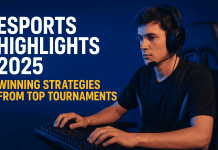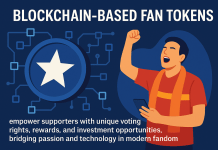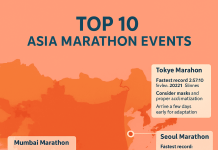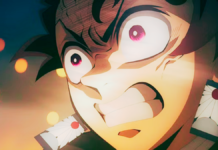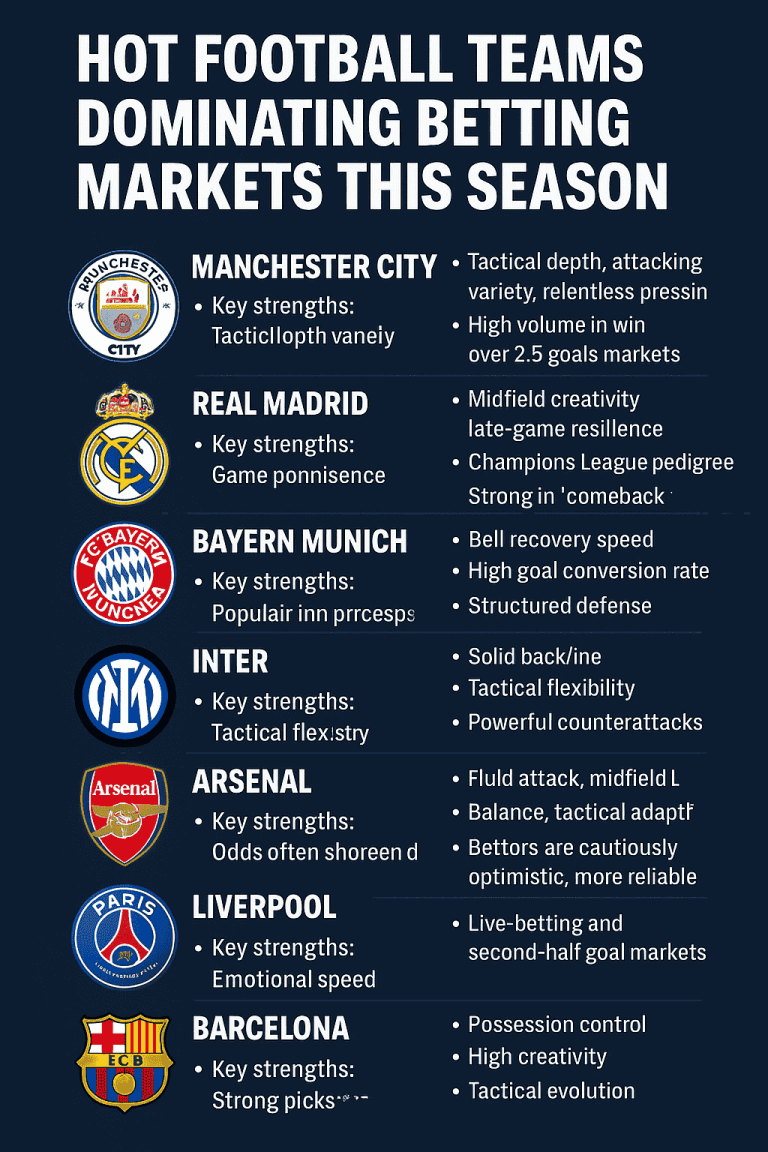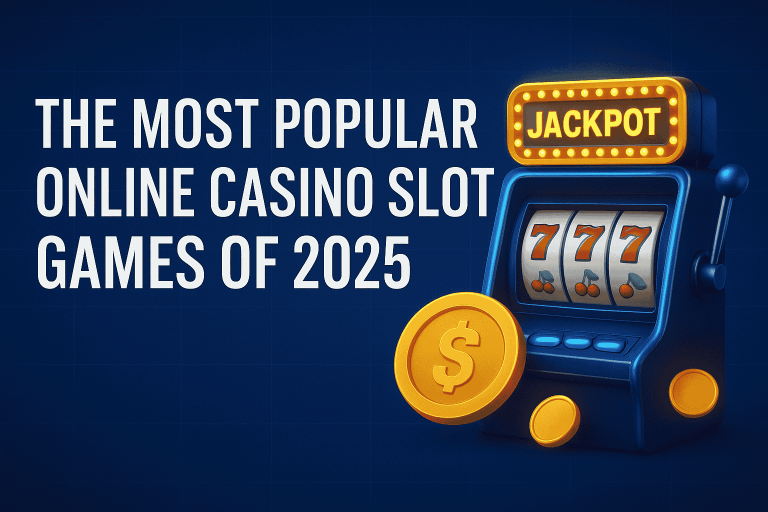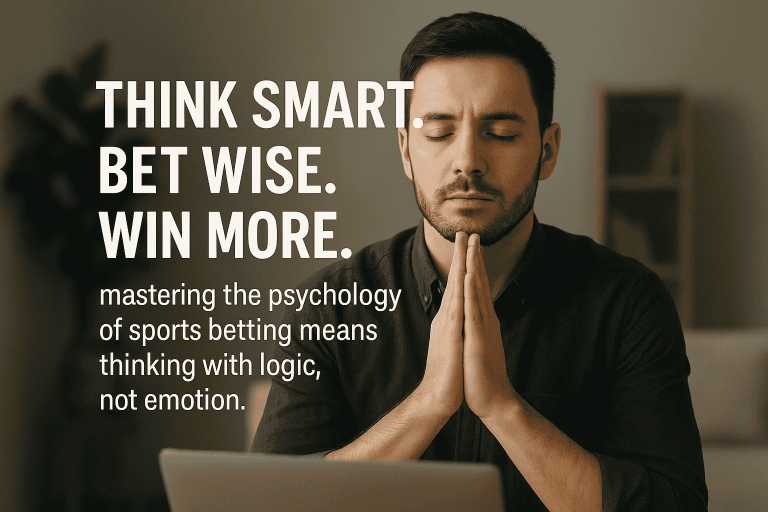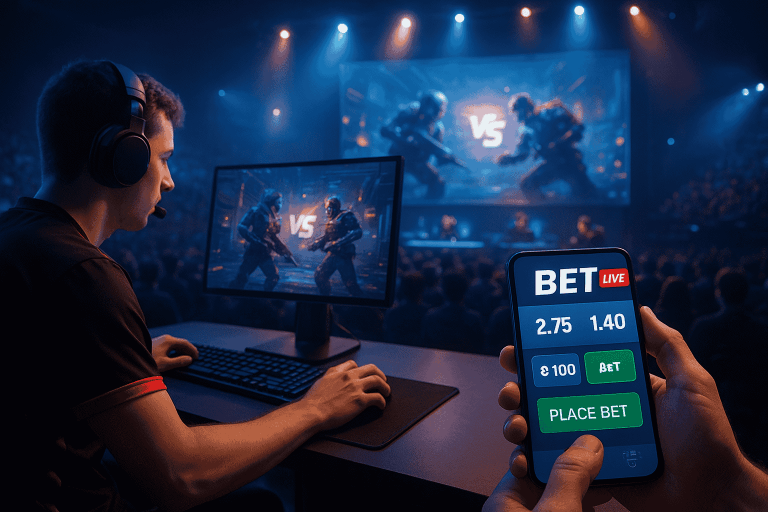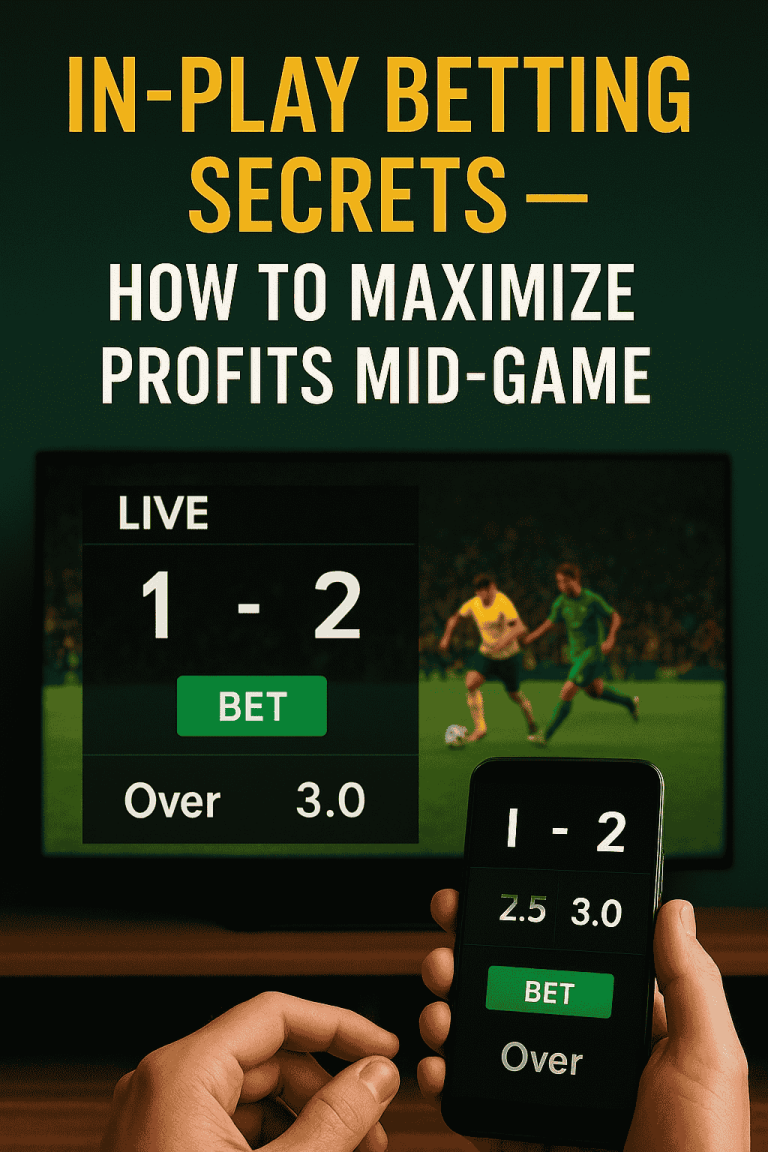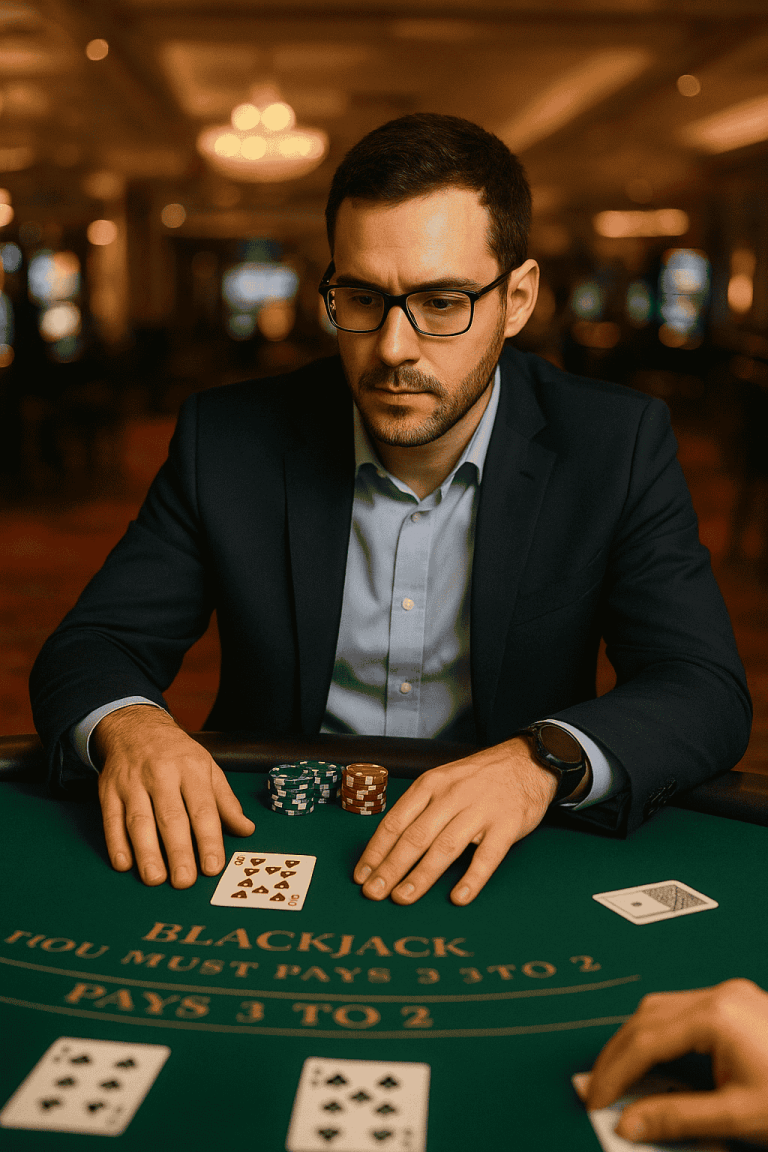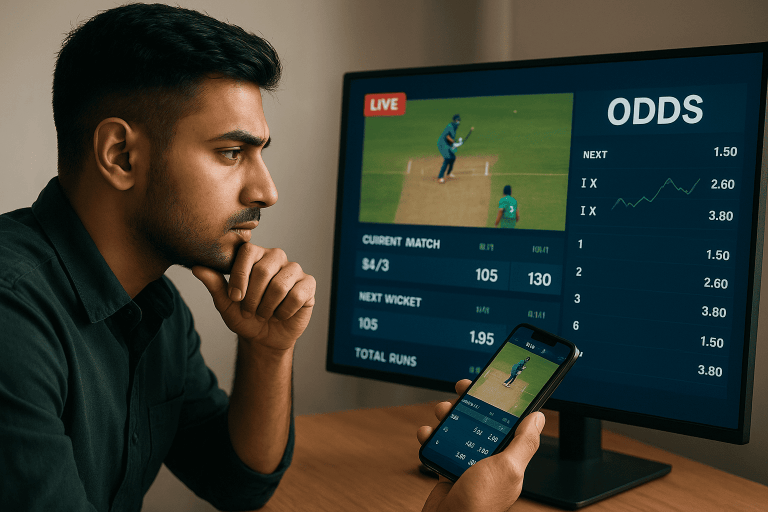Hot Football Teams Dominating Betting Markets This Season
Football betting has entered a new golden era. With global leagues electrifying fans every week, bettors are rallying behind the teams that deliver consistency, passion, and profit potential. This season, several clubs have emerged as powerhouses, dominating the betting markets with their exceptional form, tactical precision, and winning mentality.
In this expert guide—crafted and reviewed by seasoned analysts and data specialists—we’ll explore the top football teams shaping global betting trends in 2025, and why their momentum matters to smart bettors.
Why Certain Teams Rule the Betting Market
Before diving into the teams, it’s important to understand why certain football clubs dominate the odds. Bookmakers rely on data models, team performance metrics, player form, and betting volume to set lines.
Teams that consistently outperform expectations attract both recreational and professional bettors. Their matches generate higher liquidity, tighter odds, and intense global engagement.
In short: dominance in betting markets reflects a perfect balance between on-field brilliance and public trust.
1. Manchester City – Precision and Power
It’s hard to talk about betting market favorites without mentioning Manchester City. Pep Guardiola’s side has become synonymous with control, possession, and precision.
- Key Strengths: Tactical depth, attacking variety, and relentless pressing.
- Betting Impact: High volume in win and over 2.5 goals markets due to their offensive style.
- Why Bettors Trust Them: Consistency. Even when facing top opposition, City’s squad depth and strategic rotation make them a safe choice.
With stars like Erling Haaland and Phil Foden delivering week after week, Manchester City remains one of the safest bets in world football.
2. Real Madrid – The Masters of Momentum
Real Madrid are a bookmaker’s paradox: always favorites, yet still undervalued at times. Their blend of young talent and seasoned champions keeps them unpredictable but powerful.
- Key Strengths: Midfield creativity (Bellingham, Valverde), late-game resilience, and Champions League pedigree.
- Betting Edge: Strong in “comeback” bets and halftime/fulltime wagers due to their late surges.
- Emotional Factor: Their brand value and global fandom often sway betting volumes, amplifying odds movement.
Under Carlo Ancelotti’s calm leadership, Madrid’s tactical intelligence and clutch mentality make them one of the most trusted names in football betting this season.
3. Bayern Munich – The German Juggernaut
Bayern Munich’s domination in the Bundesliga continues to influence global markets. Bettors love them for their attacking efficiency and ruthless home form.
- Key Strengths: Ball recovery speed, high goal conversion rate, and structured defense.
- Betting Trends: Popular for handicap and goal-line bets, often covering large spreads.
- Expert Insight: Even when priced low, Bayern’s consistency provides stable long-term betting returns—a rare trait in volatile markets.
Their blend of experience (Kimmich, Neuer) and youth (Musiala, Tel) ensures sustainability and excitement every matchday.
4. Inter Milan – The Dark Horse Dominator
Serie A has seen a resurgence in competitiveness, and Inter Milan has emerged as a standout performer.
- Key Strengths: Solid backline, tactical flexibility, and powerful counterattacks.
- Betting Value: Offers strong returns in “both teams to score” and “under/over 2.5” markets.
- Why Experts Favor Them: Inter’s game management under Simone Inzaghi balances defensive discipline with creative playmaking.
For bettors, Inter represents value and stability, especially in tightly priced domestic fixtures.
5. Arsenal – The Premier League’s Rising Star
Once seen as underdogs, Arsenal has evolved into a betting market darling. Under Mikel Arteta, the Gunners have developed a thrilling, possession-based style combined with youthful energy.
- Key Strengths: Tactical discipline, pressing structure, and creative fullbacks.
- Market Movement: Arsenal’s odds often shorten quickly before kick-off, showing increasing public confidence.
- Smart Betting Angle: Excellent for first-half goals and corner markets due to aggressive starts.
Their transformation has reignited the club’s global brand and made them a fan-favorite in prediction markets.
6. Paris Saint-Germain – New Era, New Confidence
With tactical adjustments and renewed chemistry, PSG is regaining trust among bettors.
- Key Strengths: Fluid attack, midfield balance, and tactical adaptability.
- Market Signal: Bettors are cautiously optimistic—PSG has become less flashy but more reliable.
- Analyst View: As the club prioritizes team play over individual stardom, PSG’s betting stability improves.
This shift reflects maturity—something the betting community values deeply.
7. Liverpool – The Comeback Kings
After an inconsistent period, Liverpool has reignited its trademark intensity. Jurgen Klopp’s men are once again dictating matches through relentless energy and tactical pressing.
- Key Strengths: Transitional speed, home advantage, and emotional resilience.
- Betting Hotspots: Live-betting and second-half goal markets.
- Psychological Factor: Liverpool’s late comebacks make them favorites for dynamic, in-play betting.
When Liverpool’s Anfield atmosphere roars, bettors know magic is possible.
8. Barcelona – Youth-Powered Brilliance
Barcelona’s rebuild has been a masterclass in patience and philosophy. Their focus on developing La Masia graduates is paying off, both on the pitch and in betting circles.
- Key Strengths: Possession control, high creativity, and tactical evolution.
- Betting Strategy: Strong picks for both team scoring and Asian handicap markets.
- Expert Consensus: Under Xavi, Barcelona’s long-term project aligns perfectly with consistent betting strategies.
Their financial stability and player development also inspire long-term confidence.
What Experts Say About This Season’s Betting Landscape
Data-driven analysis supports the idea that teams with stable management, clear tactical identity, and squad depth perform better in betting markets.
According to Opta Sports and StatBomb, over 70% of winning bets in 2025 were placed on teams with:
- A goal difference above +1.0 per match
- 60%+ average possession rate
- Win rate consistency across multiple competitions
These insights underline why the clubs listed above dominate both the pitch and the market.
Responsible Betting and Expert Insight
It’s vital to remember that football betting should be approached with responsibility and strategy. Experts recommend focusing on data—not emotions.
- Avoid chasing losses
- Diversify bets across markets (corners, goals, handicaps)
- Track betting history to identify patterns
Reputable analysts from Heart Touch Center Sports Analytics Division emphasize “knowledge-based wagering,” combining statistics with situational awareness.
FAQs: Hot Football Teams & Betting Markets
Q1: Which team offers the best value in football betting this season?
Arsenal and Inter Milan offer great value due to balanced odds and strong tactical evolution.
Q2: Are big clubs always the best teams to bet on?
Not necessarily. Smaller clubs often provide better odds and lower volatility. Always compare data before betting.
Q3: What type of bets are most profitable for top teams?
Over/under goals, Asian handicaps, and live-betting opportunities during strong second halves.
Q4: How important is form versus reputation in betting?
Form is more relevant. Data shows recent performance metrics outperform reputation-based betting success.
Q5: Where can I find reliable football betting statistics?
Trusted platforms include Opta, SofaScore, and Heart Touch Center’s analytics reports.
Conclusion: Betting with Confidence and Insight
The 2025 football season has gifted fans and bettors a thrilling mix of dominance, unpredictability, and data-driven opportunity. From Manchester City’s control to Inter Milan’s tactical balance, today’s best teams are redefining not only football excellence but also how markets move.
